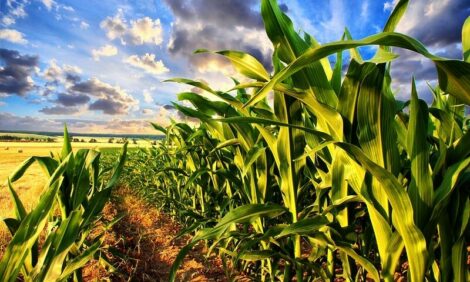



Dairy alternative sales weaken in the UK in Veganuary
More people interested in Dry JanuaryAs British consumers buckle under the weight of increased economic pressures, minds seem to be less open to experimenting with different ways of eating, according to a recent report from AHDB. Interest in Veganuary as measured by Google trends, which measures search, has nearly halved since “peak-vegan” in 2019. Since then the annual peak in interest has gradually dropped off with people now more interested in terms such as “dry January”.
Research from IGD suggests 7% of shoppers started taking part in Veganuary at the start of January. This uplift in vegan shoppers appears to be short lived, with seven out of 10 returning to their normal diets by the two-week mark. Of those who stopped, 40% said it was due to alternatives being too expensive, while a further 40% couldn’t find food or drink they enjoyed.
Impact on dairy alternatives
Decreased interest meant that in the Veganuary period, there was a decrease in alternatives volume sales, both in meat and dairy. According to Kantar, the volume sold of dairy alternative products in the first three weeks of January 2023 reduced -2.6%. This was driven by a decrease in penetration, or the number of households buying a dairy alternative product which reduced -3.8%, or 281,000 British households, since Veganuary 2022.
Dairy alternatives in 2022
Growth in demand for milk alternatives has softened over the past 12 months, even moving into a period of volume decline from January to October 2022, although returning to moderate growth (+6.1%) thereafter. Alternatives remain a more expensive option than cow’s milk which is causing some lighter shoppers to turn away, with total dairy alternatives seeing penetration losses of -1.9%pts over the 12 we to 25 Dec 2022. Growth is therefore coming from existing, more committed, shoppers buying more. Value growth for alternative milk has also returned from October but to a lesser extent than cow’s milk, which has experienced significantly higher levels of inflation over the past year.
Within alternatives, there has been a lot of switching away from more expensive branded products into cheaper own-label as the financial situation accelerates the move towards commoditisation in the alternatives category. According to Kantar, in the 12 we 25 December 2022, private label alternatives grew by 25% whilst more lucrative branded products lost 7% of volume.
Dairy itself has seen some volume losses over the same period as shoppers have sought to manage their overall household expenditure. Penetration losses over the last year have been very modest (only -0.3% for milk and -0.2% for cheese for example) suggesting that people are buying less volume, less often rather than dropping those categories.
The outlook moving forward
Cost is growing as a reason for dairy reduction, although is considerably less influential than in the meat category. Consumers continue to be motivated by concerns around health, the environment and animal welfare. While dairy alternatives are being actively promoted as satisfying some of those demands, whilst consumers are very price sensitive it is doubtful that they will regain the same growth trajectory as they have enjoyed in the past.



